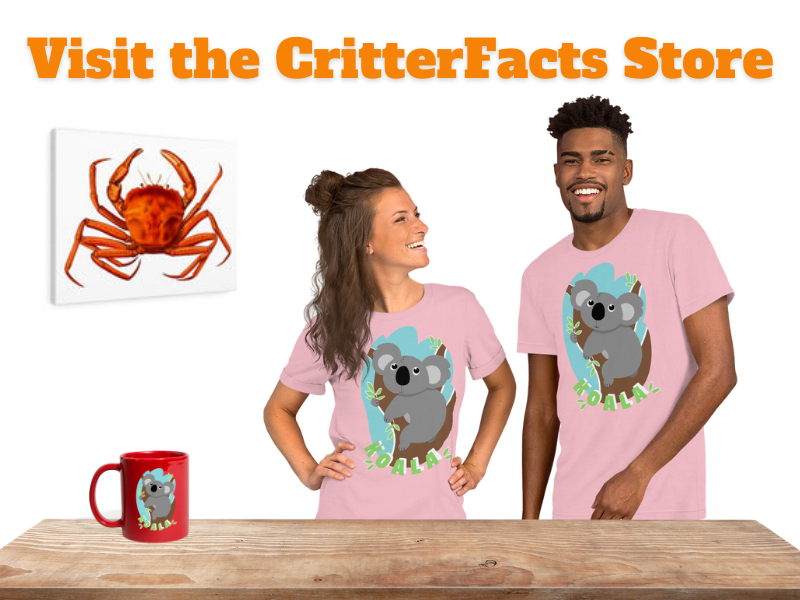Have you ever lost really, truly, horribly at a game and someone said that “you had your butt handed to you?” Do you then promptly imagine what that would look like? To have someone hand you your disembodied bum as a concession trophy? Well, Chaetopterus pugaporcinus might be too busy floating around the ocean to present itself on a silver platter and congratulate you on your embarrassing loss, but it is indeed a disembodied butt. Or at least looks like one.
C. pugaporcinus, or the pigbutt worm, is a mesopelagic polychaete worm that was discovered only a few years ago in the Monterey Canyon. Polychaetes are segmented worms that typically spend the majority of their lives living on the ocean floor, in parchment-like tubes constructed by mucus and debris. The Pigbutt worm, evidently, is a raging counter-culturist who not only spends the entirety of its life floating around the open ocean but looks absolutely nothing like its long and skinny cousins.

This photograph of the midwater worm Chaetopterus pugaporcinus shows its mouth, which typically faces downward as the animal drifts about 1,000 meters (3,300 feet) below the ocean surface.
Alas, the floating butt is indeed a worm. Despite the buttock-like appearance, the Pigbutt worm is indeed segmented. However, one of those segments has become so enlarged, that all the others have become compressed, giving the Pigbutt worm its characteristic derrière shape. In addition to the segmentation, Pigbutt worms also seem to feed in the same way that its cousins do.
Marine polychaetes emit a mucus net into the water column to catch any food particles or plankton that happens to float by. The Pigbutt has been observed floating about, surrounded by its own mucus net, catching marine snow (organic debris) as it drifts towards the ocean floor, further strengthening the argument that the Pigbutt is indeed a polychaete.
But still, quite a bit of mystery shrouds the Pigbutt worm and its relation to the other polychaetes. Where did it come from? Where is it going? Researchers at the Monterey Bay Aquarium Research Institute (MBARI) sought to answer the very same questions (sort of). Once determining that this floating butt is indeed a worm, the researcher’s next question was whether or not the Pigbutt they had observed was an adult or a larval form of some undiscovered, mystery worm. The Pigbutt had no obvious reproductive organs or gametes (sperm and eggs) but was far larger than any other known marine invertebrate larvae.
To test this, the MBARI research team placed captured worms in a tank with deep-sea substrate to see if the Pigbutt would settle onto the bottom. Polychaete worms have a pelagic, or free-swimming larval stage called a trocophore. Most spend some time floating around in the water before settling on the substrate and metamorphosizing into an adult worm. However, the Pigbutt worm seemed as though it couldn’t be bothered with what was happening on the bottom of the tank and just kept on floating around.

This photograph shows the larva of a typical midwater chaetopterid worm, with its elongated, segmented body. Many chaetopterid worms spend months as drifting larvae.
Various other genetic and behavioral studies by MBARI further reinforced that the Pigbutt worm is indeed a polychaete worm, despite that it looks more like the backside of boar than a worm. So, the next time you face a demoralizing defeat, or even a smug victory, don’t present your own butt to be handed off – present the Pigbutt worm. I promise this floating, disembodied, sneeze-feeding butt of a worm will be much more impactful, regardless of whether or not you’re the victor.








































